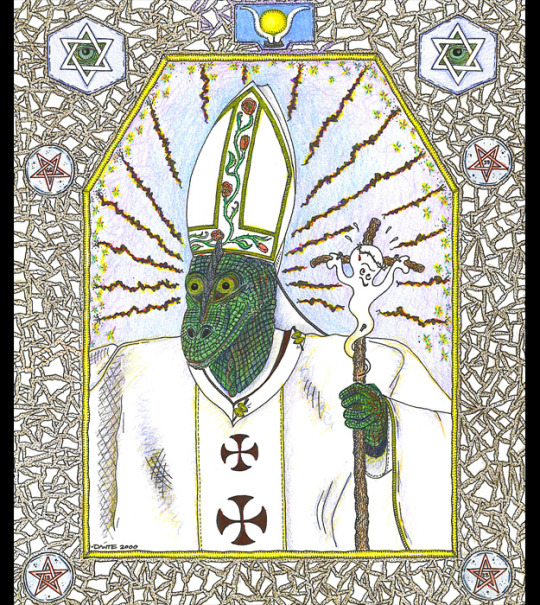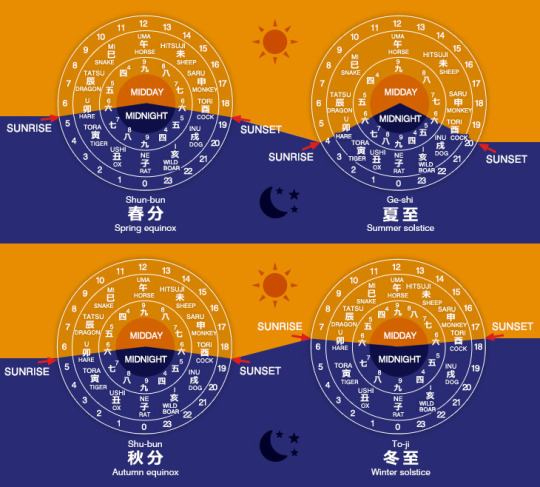#Winter Solstice 2023 CE
Explore tagged Tumblr posts
Text

Pope Pretty Pretty Boy
78 notes
·
View notes
Text

Edo period egoyomi (picture calendar) for Kyowa 2 (1802) picturing the monthly and seasonal needs for a small mountain village.
...
More Information on Japanese Calendars and Timekeeping
See the previous post here.
...
Japanese Years
Today, most of the world uses the Gregorian calendar, introduced in 1582, to track years of the common era. That calendar's era is based on years since the perceived birth of Jesus: 2023 CE (current era) or AD (anno domini, year of the lord) 2023.
Edo period Japan obviously did not use the Gregorian calendar as its own calendar-keeping was influenced by China, not the west. In fact, Japan did not adopt the Gregorian calendar until 1873 but continues to use era names into the present day.
Japan's system of era names (nengo) originates from China and was permanently adopted in 701 under Emperor Monmu. It has been continuously in use since.
Until the end of the Edo period, era names were decided by court officials and could change frequently. A new era name was usually proclaimed after the ascension of a new emperor, but could also be changed due to some auspicious event or even due to natural disasters.
Since the adoption of era names, most have been in use for fewer than 10 years, sometimes for as short a period as 2 years, and only a handful have been used for periods of more than 30 years.
This website is extremely helpful in converting Gregorian years into Japanese eras, just enter the year!
...
Japanese Months
During the Edo period, the Japanese year was broken down into 12 lunar months of either 29 days (small months) or 30 days (large months) each.
Additionally, a special intercalary month (uru-zuki) had to be added every few years to keep the calendar in sync with the actual change of seasons.
In the modern Japanese calendar, the months are numbered rather than named: ichi-gatsu (first month, January), ni-gatsu (second month, February), and so on, but during the Edo period, monthly names, which date back to the Heian era, were in common use.
(Today, you might still find these old monthly names in poetry.)
Here they are with their western calendar equivalent:
January - mutsuki 睦月 February - kisaragi 如月 March -yayoi 弥生 April - uzuki 卯月 May - satsuki 皐月 June - minazuki 水無月 July - fumizuki 文月 August - hazuki 葉月 September - nagatsuki 長月 October - kannazuki 神無月 November - shimotsuki 霜月 December - shiwasu 師走
...
Japanese Weeks
The western concept of breaking individual months down into 7-day weeks did not exist in Edo period Japan. However, there is a rough equivalent that corresponds to the general concept of weeks: nijushi-sekki, 24 seasonal divisions that break the year down into "weeks" of 15 days each.
They are:
Shokan (small chill) – around January 6 Daikan (big chill) – around January 20 Risshun (start of spring) – around February 4 Usui (rain water) – around February 18 Keichitsu (going-out of worms) – around March 6 Shunbun (spring equinox) – around March 21 Seimei (clear and bright) – 15 days after the spring equinox Koku-u (rain for harvests) – around April 21 Rikka (start of summer) – around May 6 Shoman (half bloom) – around May 21 Boshu (seeds of cereals) – around June 5 Geshi (reaching summer) – summer solstice – around June 21 Shohsho (small heat) – around July 7 Taisho (big heat) – hottest time of the year – around July 23 Risshu (start of autumn) – around August 8 Shosho (keeping out of the heat) – around August 23 Hakuro (white dew) – around September 7 Shubun (the autumnal equinox) – around September 23 Kanro (cold dew) – around October 8 Soko (frosting) – around October 23 Ritto (start of winter) – around November 8 Shosetsu (small snow) – around November 23 Taisetsu (big snow) – around December 8 Toji (reaching winter) – around December 22
More in-depth information about these, along with explanations of why they're called what they're called, can be found here.
...
Japanese Days
Individual named days, such as Monday and Tuesday, as we know them on the western calendar, also did not exist in Edo period Japan.
You wouldn't say "We meet on Wednesday." Instead, you would have used the date, "We meet on the fifteenth day," or perhaps even the phase of the moon, "We meet on the new moon."
Individual Japanese days are also not broken down into 24 equal hours of 60 minutes each.
Instead, people in the Edo period split their days into 12 hours (toki): 6 daytime hours, which were counted from sunrise to sunset, and 6 night-time hours, which were counted from sunset to sunrise.
Naturally, the length of these hours varied not only by time of year (winter daytime hours being obviously shorter than winter nighttime hours) but also by geographical location.
Daytime hours were broken down as follows:
Hour of the Rabbit (begins at sunrise) Hour of the Dragon Hour of the Snake Hour of the Horse (noon) Hour of the Goat Hour of the Monkey
Nighttime hours were broken down as follows:
Hour of the Rooster (begins at sunset) Hour of the Dog Hour of the Pig Hour of the Rat (midnight) Hour of the Ox Hour of the Tiger

From the Seiko Museum.
#history notes#historical notes#history reference#historical reference#history research#historical research#Japanese calendar#calendars#Japanese era names#Japanese hours#are you confused yet?
19 notes
·
View notes